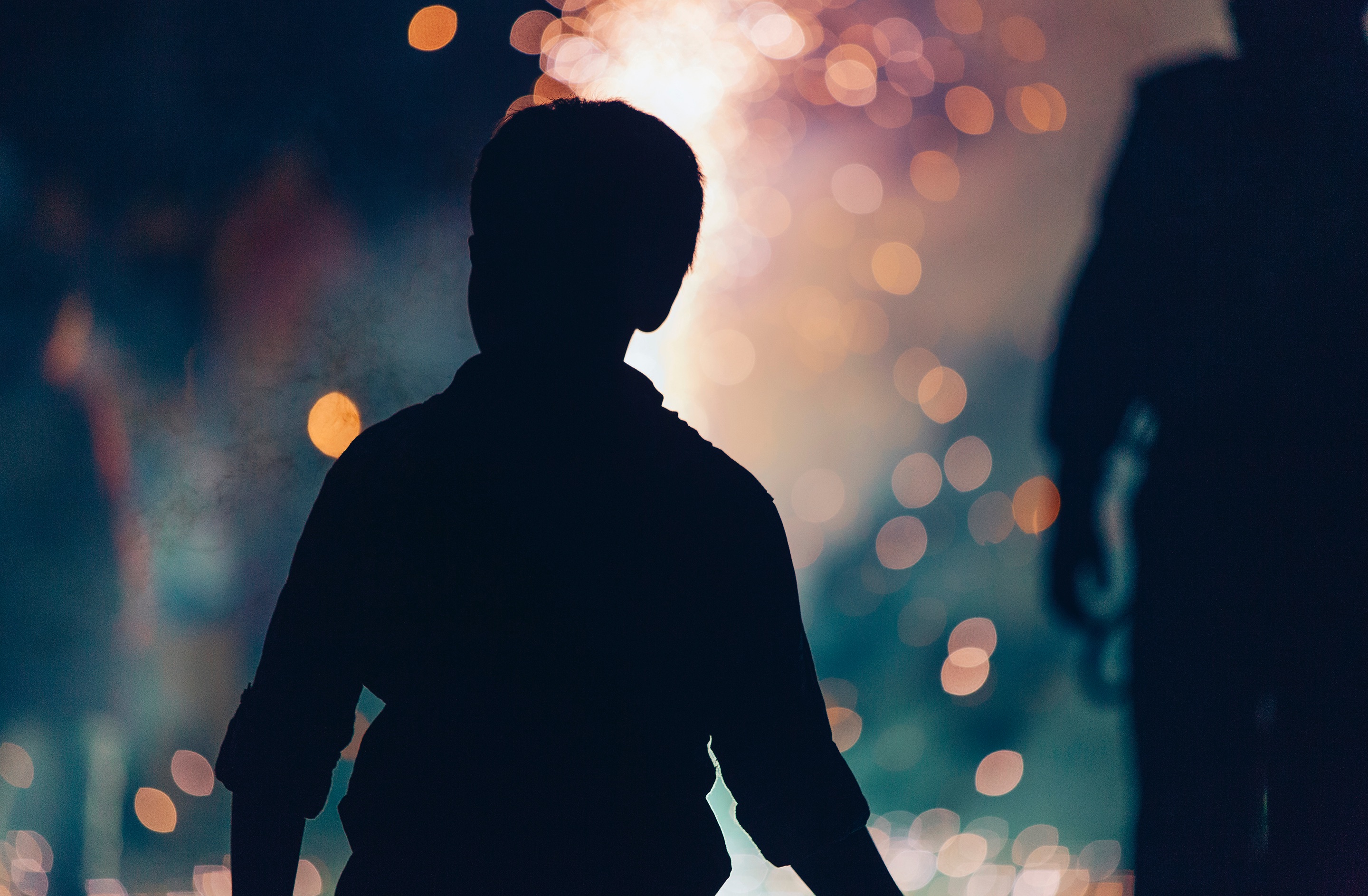For many students at Montgomery Blair High School, a Montgomery County Public School on Route 193, the morning of Nov. 14 was not one spent dozing off in class. It was one of blaring chants and cries, brandishing handmade signs, walking nearly 8 miles and picking up more students along the way in protest of President-elect Donald Trump. It was a Monday of empowerment, unity and youths exercising their freedom of expression in a peaceful yet powerful way.
For me, a recent Blair alum, this act of peaceful defiance brought a sense of nostalgia and comfort. Blair wasn’t just a high school. It was a place that cultivated real-world learning and brought hard, even taboo conversations to the forefront of lesson plans. In my research methods class, we discussed the value, or lack of value, of our current college system. In our newspaper lab, I wrote articles for the Silver Chips about my undocumented peers and the hardships they fought to come here. In a large classroom after school, I sat among my black, white and Hispanic classmates at Interracial Dialogues, a week-long discussion that takes place every year in which students of all colors were encouraged to come together and just talk. This diversity, inclusion and encouragement of individuality nurtured Blair students to use their voices.
Blair was a training ground for the world beyond high school. Granted, it was a school where people of color constituted the majority of the student body. We were the minority-majority, and after graduation, many of my peers and I realized the “real world” was not always going to be like Blair. Some may even argue that it was dangerous to live in such a “liberal bubble.” Nevertheless, teachers encouraged analysis of liberal and conservative ideas alike and gave us the resources necessary to have a voice in a world that doesn’t always welcome differences.
The Blair students who walked for hours on Monday knew that. However, in our increasingly divided nation, youth who lack a represented voice in the government and aren’t given the tools that institutions such as Blair offer will continue to be silenced. During their walk-out, march participants were maligned on social media, told by countless adults to go back to class, accused of just looking for an excuse to ditch school and even ridiculed for their efforts due to their inability to vote.
Adultism, the idea that diminishes the value of the youth voice and puts preferential bias on adults, is the apparent root of this problem. It is the foundation for the argument made by many people on social media; that because the students didn’t have the right to vote, there was little or no rationale for them executing their First Amendment rights.
But limiting the power of protest to adults with voting rights excludes the children who will be equally affected by Trump’s bigoted, discriminatory policies. By discouraging and silencing youths, what message are we sending? It tells the 1 million undocumented children in the United States, some of whom I’ve sat down with and talked to, that their hard work won’t mean much when Trump executes his efforts of deporting undocumented immigrants. It tells the girls who rely on Planned Parenthood that they do not have control over their bodies. It tells all students their voices do not matter, ignoring that in a few years, they will be the ones at the polls.
Young people executing their rights isn’t something new. During the peak of the civil rights movement in 1963, in Birmingham, Alabama, young children were put at the forefront of the marches because the organizers felt they had “less to lose” than their adult counterparts, as The North Carolina Civic Education Consortium reports. Hundreds of them, just like the ones at Blair, skipped school to carry handmade signs and sing freedom songs to protest segregation. Many were jailed, attacked or threatened with suspension or expulsion, but the next day, these students went right back to protesting.
This same sentiment is carried on by the marchers I once walked the same halls with. Many students across America are not as lucky. Diverse environments where youths are enveloped in love, acceptance and pushed to make change in the world are rare.
Today’s youths must be empowered to share their voice and be loud. By offering diversity inclusion workshops, by giving students the space to peacefully protest, by encouraging them to write letters to Congress, by giving them the necessary resources to amplify their voices — only then can we guarantee they aren’t passive citizens of the future. These kids are our future politicians, lobbyists, journalists and presidents, and we must do all that we can to make sure they are all right.
Maris Medina is a freshman journalism major. She can be reached at marismedina29@gmail.com.



